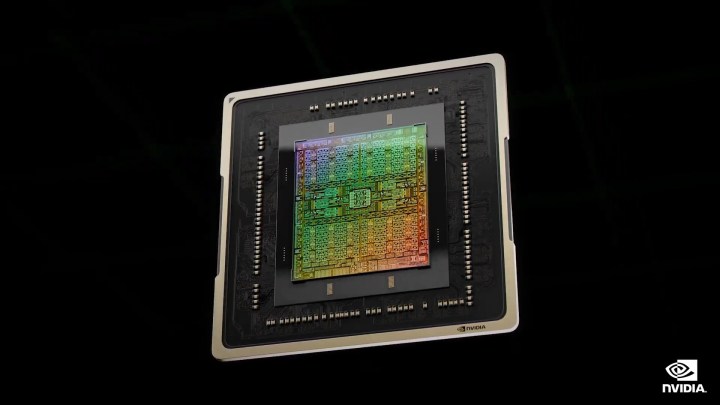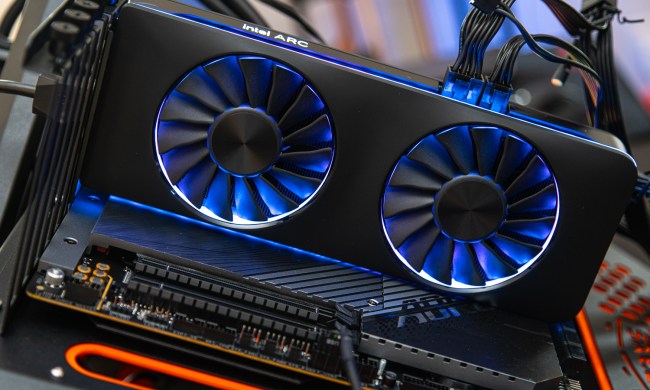This is certainly unexpected. Hints of an upcoming Nvidia graphics card showed up in the PCI-ID database, and it’s definitely not what you think. Instead of working on the RTX 50-series or refreshing a 40-series GPU, Nvidia is bringing back the slowest RTX 30-series card — the RTX 3050 — but with an Ada Lovelace chip. In theory, that could make this the first RTX 30-series GPU to have access to Deep Learning Super Sampling 3 (DLSS 3).
The GPU in question is a laptop version of the RTX 3050. It’s hard to say why Nvidia would choose to release new versions of that particular card in 2024 (or beyond), but the RTX 3050 A exists — VideoCardz found traces of it in the latest Nvidia drivers. Just the fact that there’s an RTX 3050 in the works is surprising, but that it’s based on the AD106 chip is what baffles me.
We’re most likely dealing with a cut-down version of the AD106 GPU, which has a maximum of 4,608 CUDA cores. It’s not odd for Nvidia to be using cut-down versions of this chip for another GPU, but seeing it show up in the RTX 3050 is pretty strange. The RTX 3050 appears in several versions, but the mobile card has a mere 2,048 CUDA cores. That’s quite a leap.
The AD106M chip could have many uses within the Lovelace generation, from the RTX 4050 to the RTX 4060 Ti, so the RTX 3050 is … a choice. The most interesting implication of using Ada architecture in an Ampere card lies in DLSS 3 and Nvidia’s frame generation technology.

DLSS 3 provides a significant improvement over DLSS 2, so it’s no wonder that Nvidia locked it to the RTX 40-series. For many, DLSS 3 provided an incentive to upgrade, and it was much-needed, as some RTX 40-series cards barely moved the needle when compared to their predecessors. It’s not just a fancy on Nvidia’s part, though. DLSS 3 needs the Ada architecture in order to run, as it uses fourth-generation Tensor cores and Nvidia’s optical flow accelerator, so everyone without an RTX 40-series card is out of luck.
This makes me wonder — could this strange, Frankensteined RTX 3050 with an Ada chip actually have access to DLSS 3? It’d be the only card outside of the RTX 40-series lineup to offer frame generation if that were the case. This would also give what would likely end up in a fairly cheap gaming laptop a lot of extra power to handle newer titles.
Technically, with an AD106 chip, it seems like it could be possible for the RTX 3050 to feature DLSS 3 — at least on the hardware side. However, I still think it’s unlikely. We don’t know when, or if, this card will appear in laptops, but chances are that it’ll be a fairly niche product, and there’s no reason for Nvidia to introduce DLSS 3 in a single older card when it has a whole lineup that features it. Although it’s impossible to say with certainty, the RTX 3050 A is most likely just Nvidia’s way to get rid of some AD106 chips before it moves on to the next generation.





